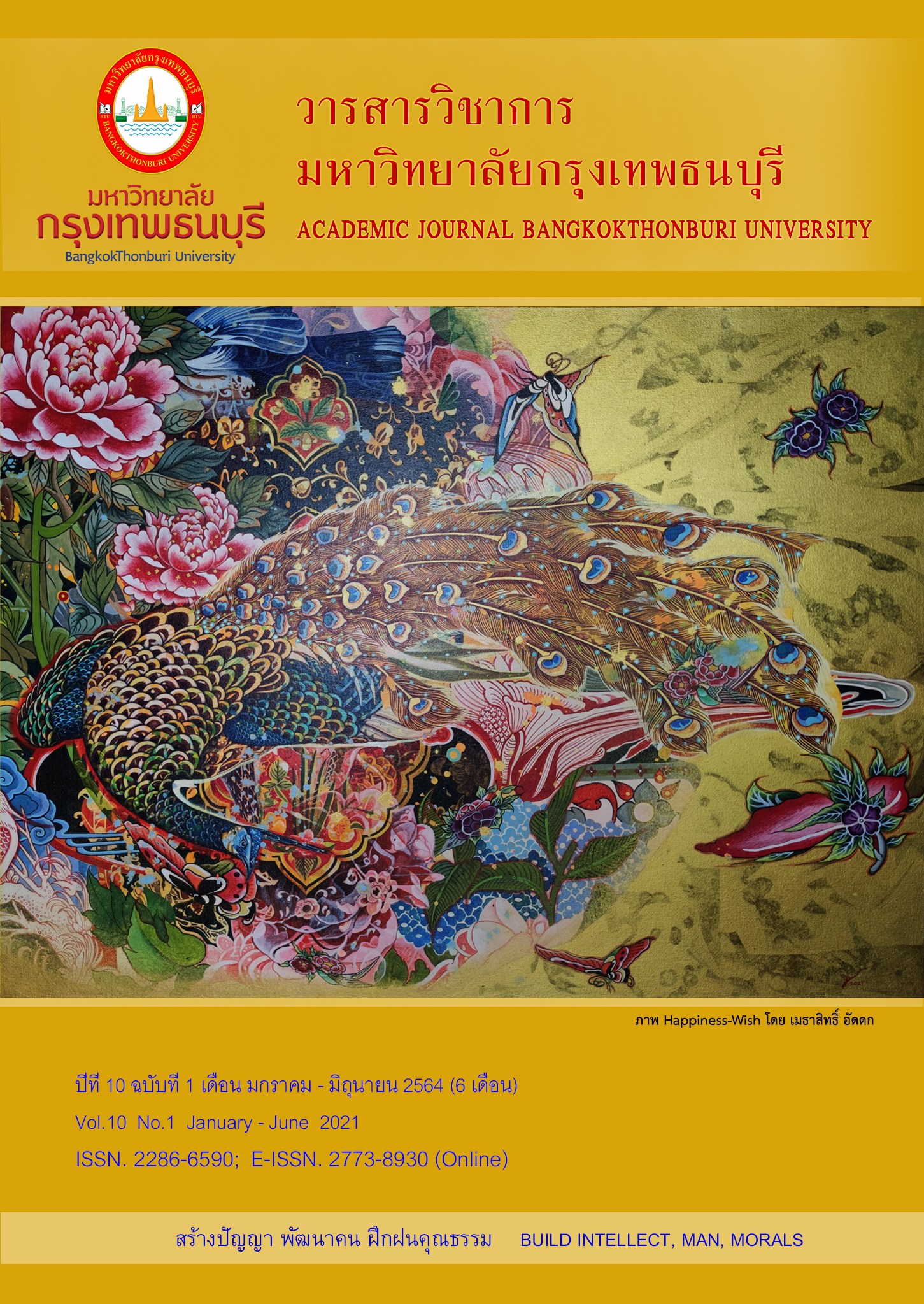Sacred Places of Thai-Chinese in Samutprakan Province: The Continuity and Sustainability
Main Article Content
Abstract
This research paper is qualitative and quantitative research including percentage statistics in the analysis. The theory used in the analysis are the social change theory, social participation theory and the concept of social capital. There are nine research representatives of the sacred places and in-depth interviews with 15 key informants. The objectives of this research are to study on how to improve the role of Chinese sacred places in Samutprakan Province and the way of organization's sustainability.
The research showed that although Chinese sacred places in Samutprakan Province are the center of spirituality and beliefs of many Chinese descendants, it is almost unknown for the outsiders. Even there were ordinances, few outsiders attend. Many Chinese sacred places are not known to the general public. The religious events and public relations are also in the narrow circle. In addition, the leaders of each Chinese sacred place are not familiar with social media. They still use the same way like asking the students to spread word-of-mouth. Most of Chinese sacred places in Samutprakan province do not have the policy to propagate their beliefs through organizing the public dharma talk event. These also the reasons why Chinese sacred places are not well-known to the outsiders. Furthermore, each Chinese sacred place does not have the guidelines for new way of managing the organization. These are all the main reasons why the Chinese sacred places in Samutprakan Province are unable to achieve the organization's sustainability objectives and may be at risk of collapsing or becoming assimilated.


